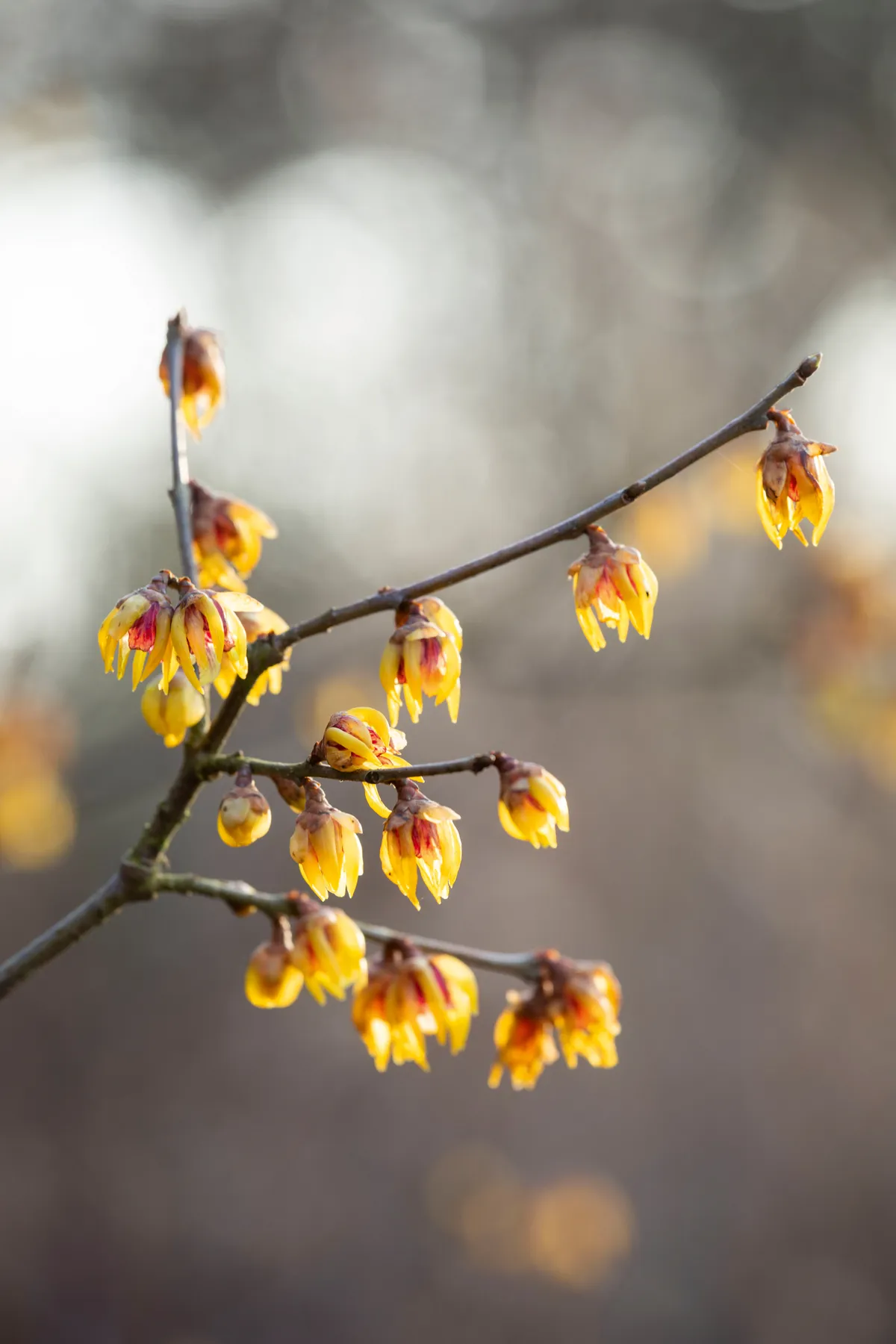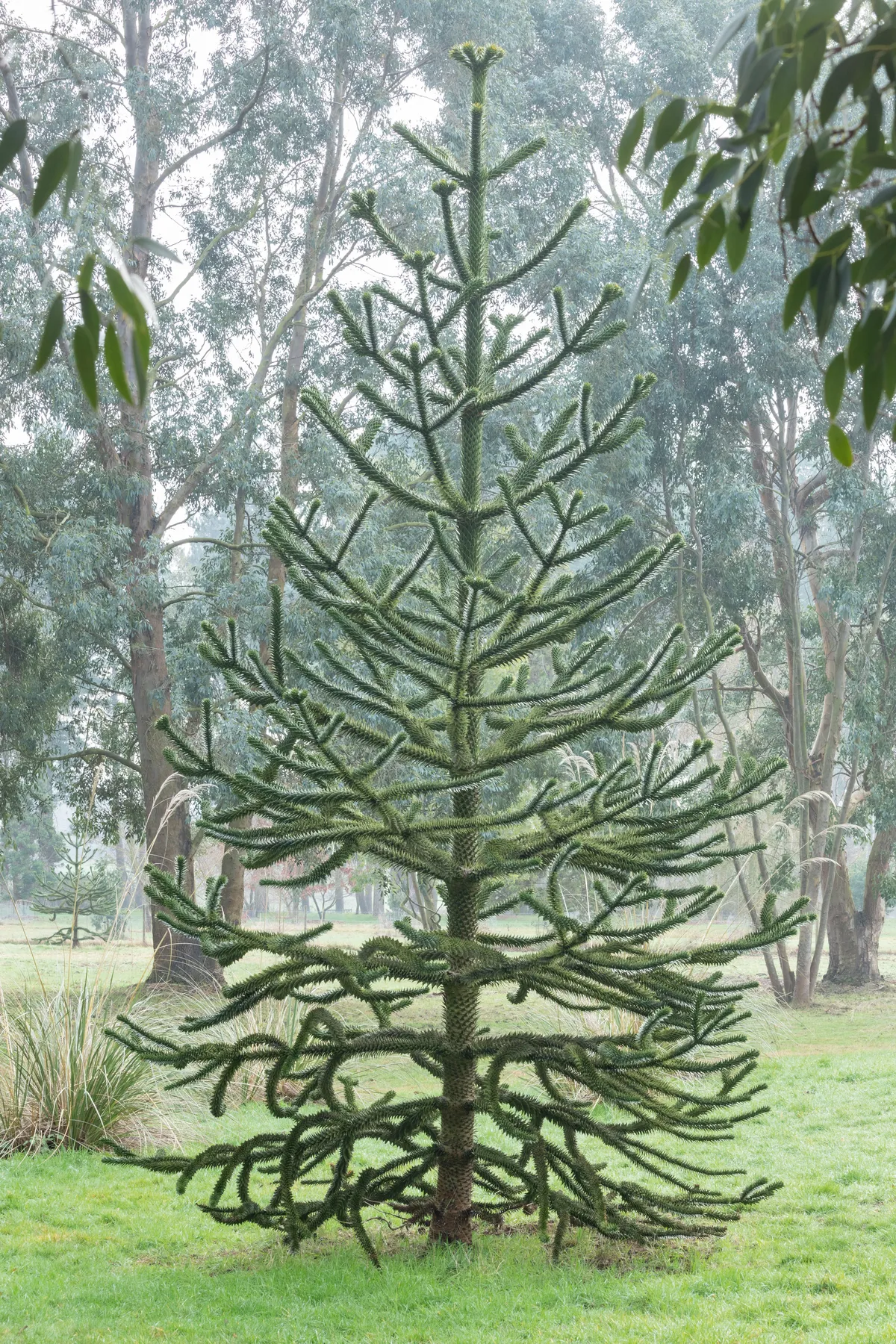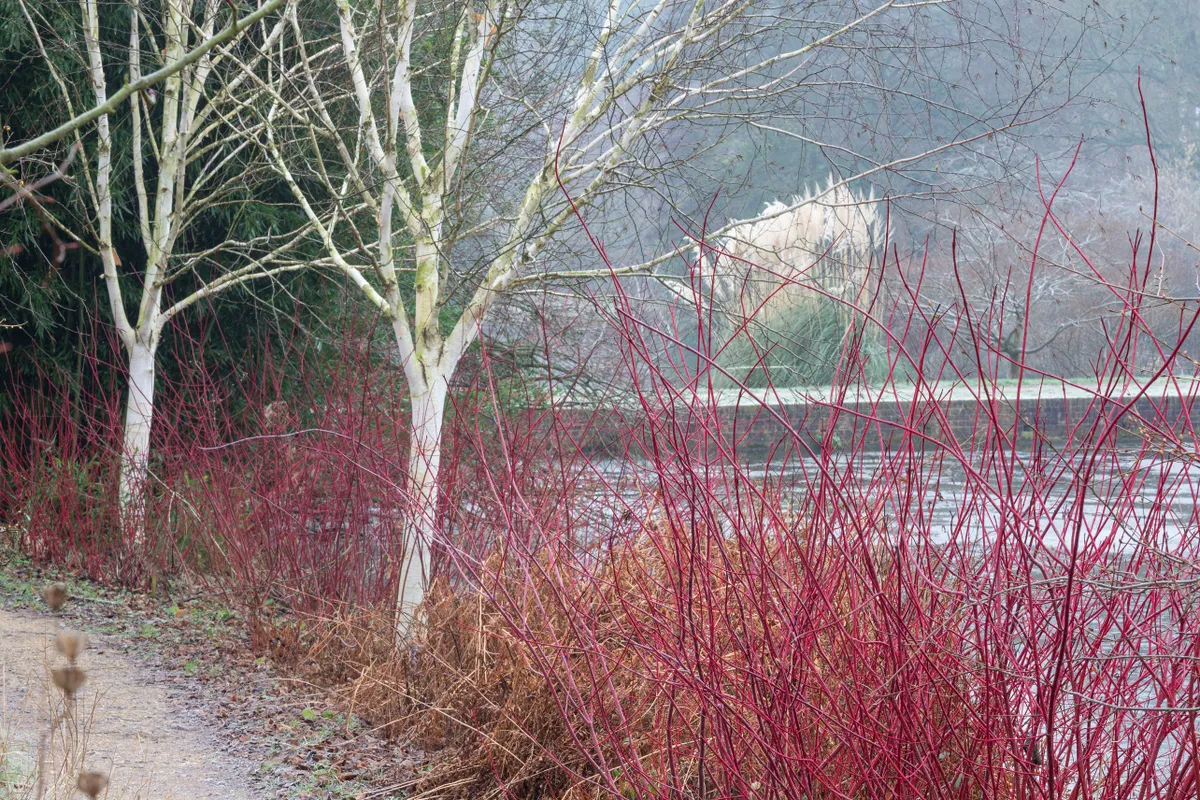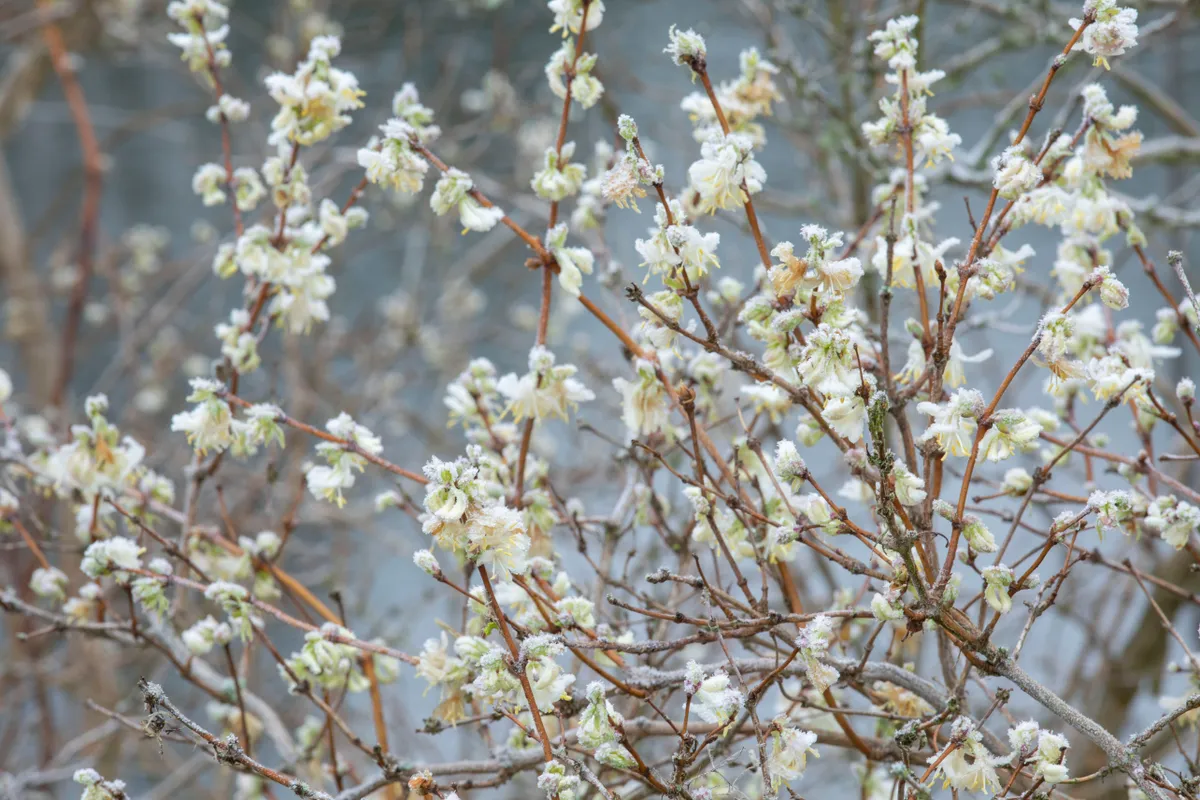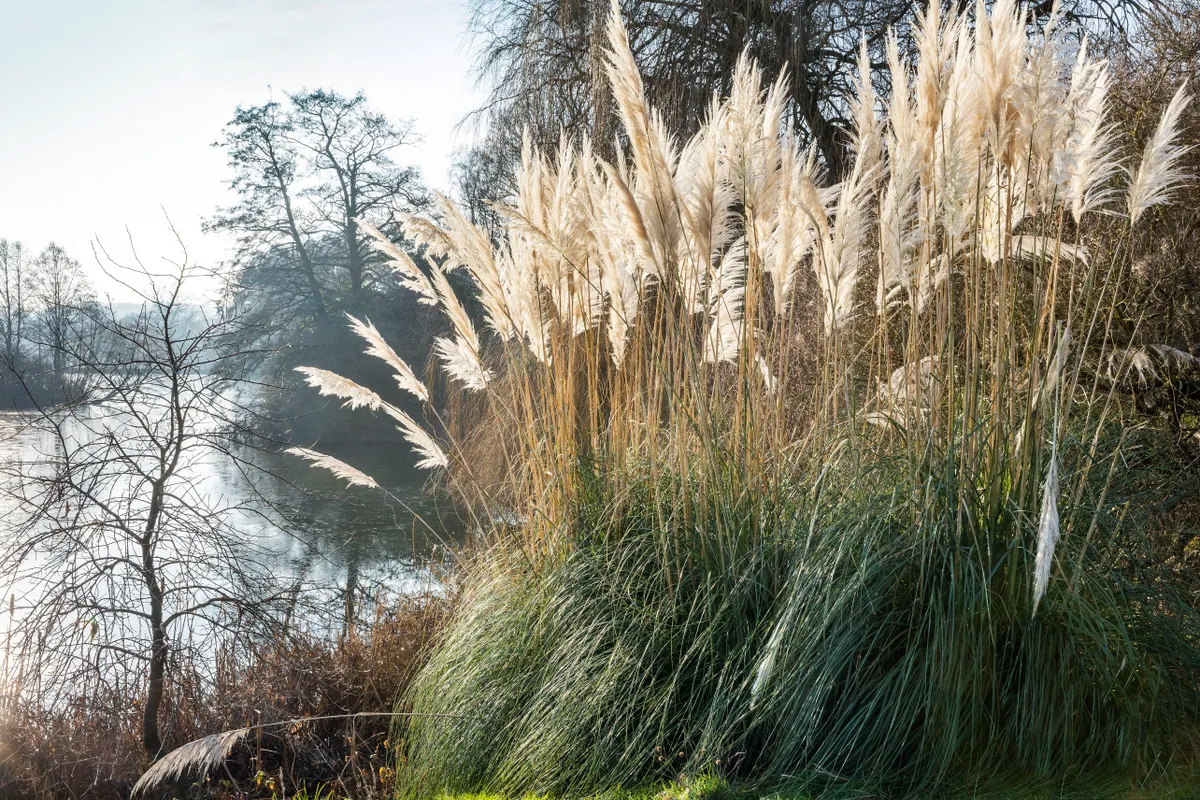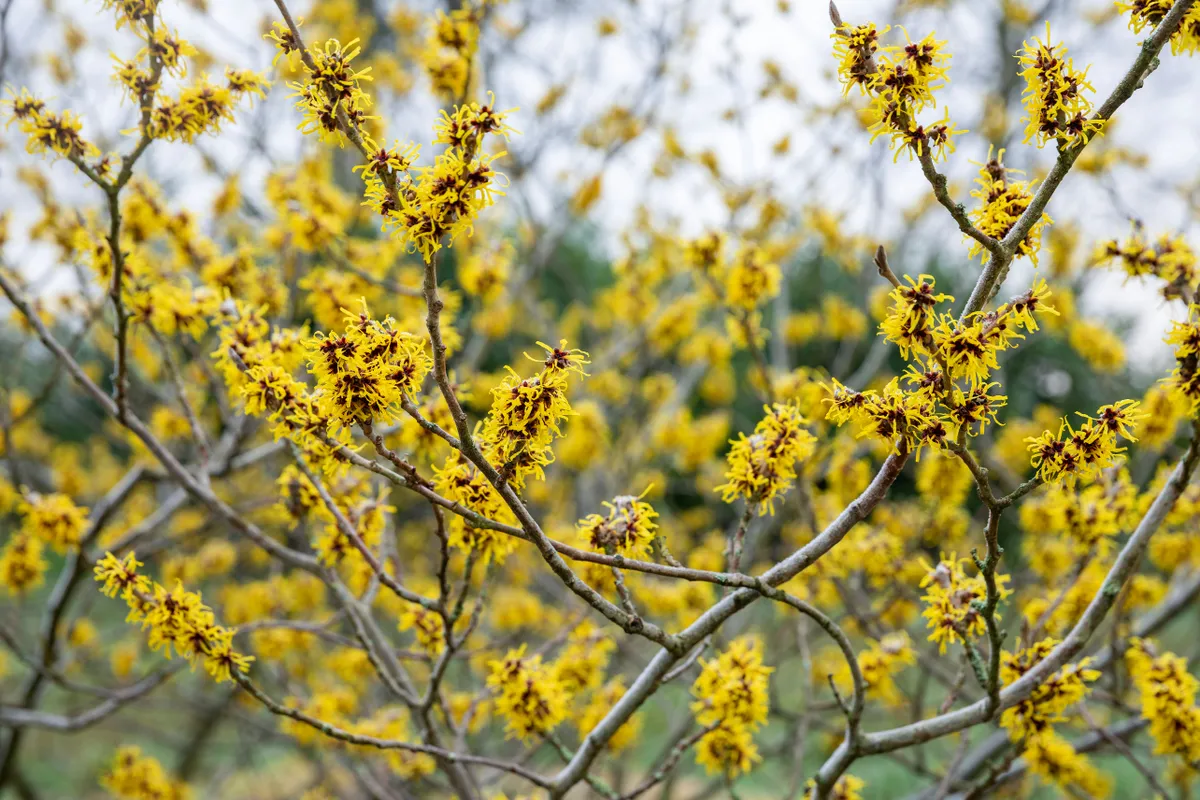Marks Hall is an arboretum and walled garden in Coggeshall, Essex which comprises three acres of the 2,200-acre estate. The soil is Essex clay and it has a warm temperate, with mild winters and dry summers with a hardiness zone of USDA 9.
It has been shaped by remarkably few families since the name of Mercheshalle was registered in the Domesday book nearly one thousand years ago. In 1897, the estate was acquired by a former Liberal MP Thomas Phillips Price and, keen to preserve this rich botanical heritage, he determined to bequeath Marks Hall to the nation. He would surely be delighted to see that today the estate is enjoyed by thousands of visitors who come to explore its magnificent arboretum, contemporary walled garden and miles of woodland walks.
The arboretum has been organised into geographic zones and contains many trees of international importance
In 1998, Brita von Schoenaich was commissioned to create a contemporary design for a three-acre, lakeside garden to complement and contrast with the wider estate. Her design of five interlinked gardens, connected by land-form shapes and sinuous hedges and walls, caused quite a stir when it was unveiled in 2003. Planted with bold blocks of ornamental grasses, long-flowering perennials and a symbolic ‘pool’ lined with slivers of slate set end on end, it soon became one of the best-loved parts of the estate.
The air here is filled with sweet and spicy scents from a glorious range of winter-flowering shrubs, most notably witch hazels, wintersweet and Sarcococca hookeriana. It is an expression of Marks Hall’s aims – to celebrate trees, to promote excellence in horticulture, and to offer a magical space that can be enjoyed at any time of year.

The walled garden, designed by Brita von Schoenaich, has matured over the past 15 years, with wavy hedges of close-clipped Choisya ternata, clumps of upright Calamagrostis, arching Miscanthus, and frost-covered Salvia officinalis and Teucrium fruticans. Five, interlinked gardens are connected by land-form shapes and sinuous hedges and walls.
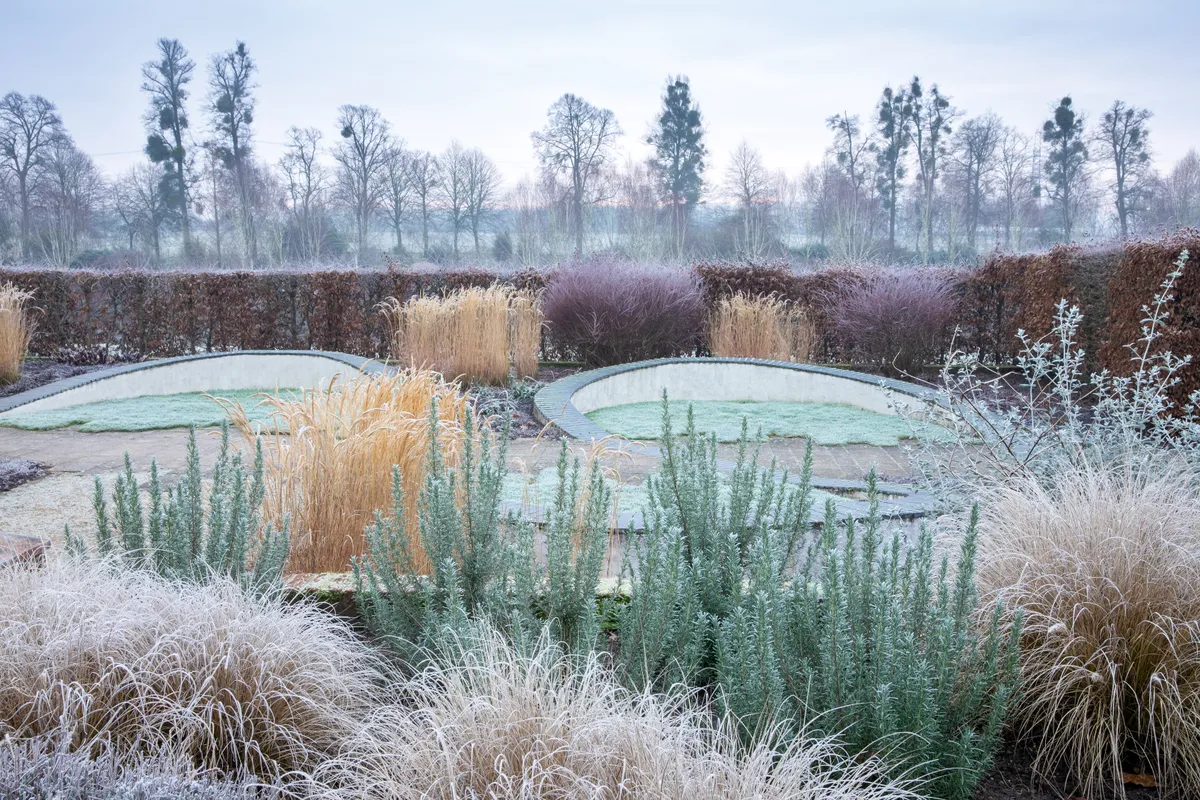
An undulating wall is cut into the sloping ground to increase its impact. Widely spaced balls of stone and clipped box continue the waving line that runs through this series of gardens, contrasting with a plinth of stone and clipped box, rows of close-clipped lavender, and a number of fine Amelanchier x grandiflora ‘Robin Hill’.
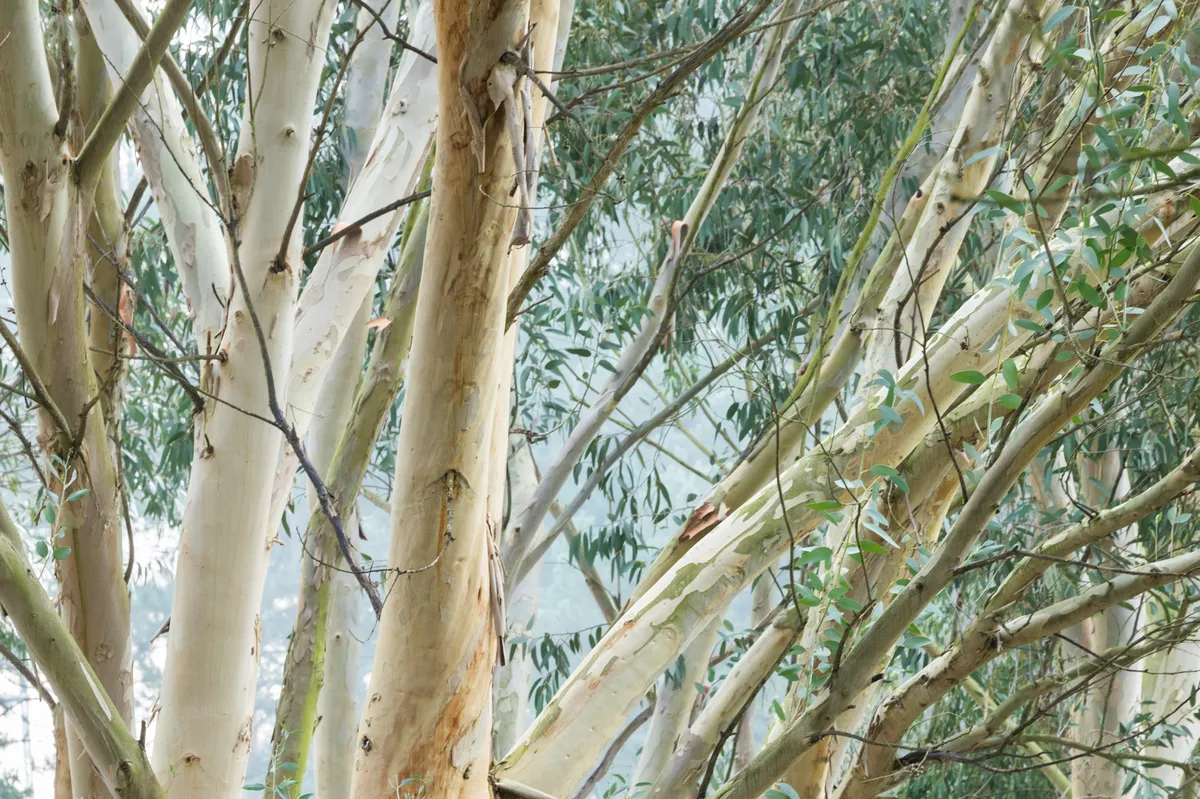
The young Eucalyptus pauciflora subsp. debeuzevillei planted out from three-litre pots less than 20 years ago have matured into towering trees, conjuring a surreal scene that feels far removed from the surrounding Essex countryside.
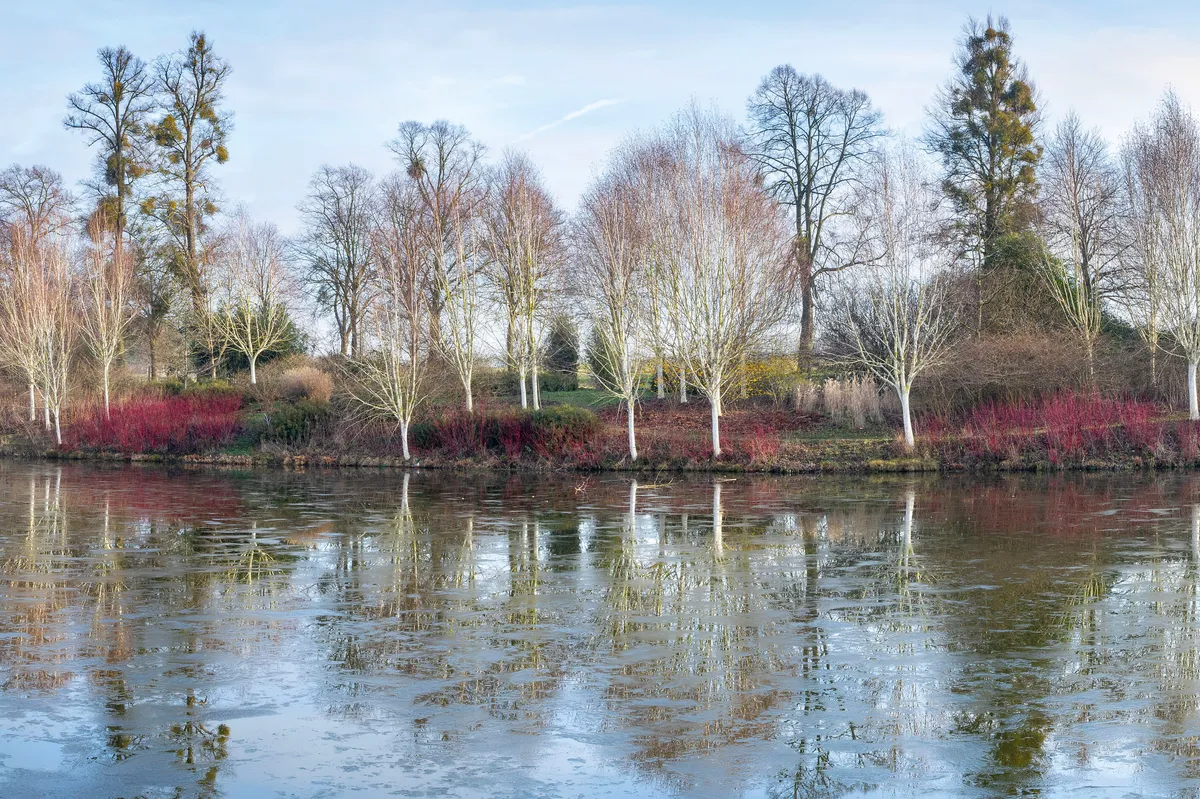
The Millennium Walk, designed and planted in 1999 by landscape designer and former trustee of the garden Peter Thurman, brilliantly showcases the seasonal impact of pale-trunked Betula utilis var. jacquemontii and fiery, red-stemmed Cornus alba ‘Sibirica’, reflected in the still waters of the lake.
Gondwanaland, the ancient supercontinent that included present-day South America, Africa, Arabia, Madagascar, India, Australia and Antarctica, has been reimagined at Marks Hall as an otherworldly landscape – designed and laid out by Peter Thurman – of soaring eucalyptus trees, great clumps of pampas grass and the largest plantation of Wollemi pines in Europe.
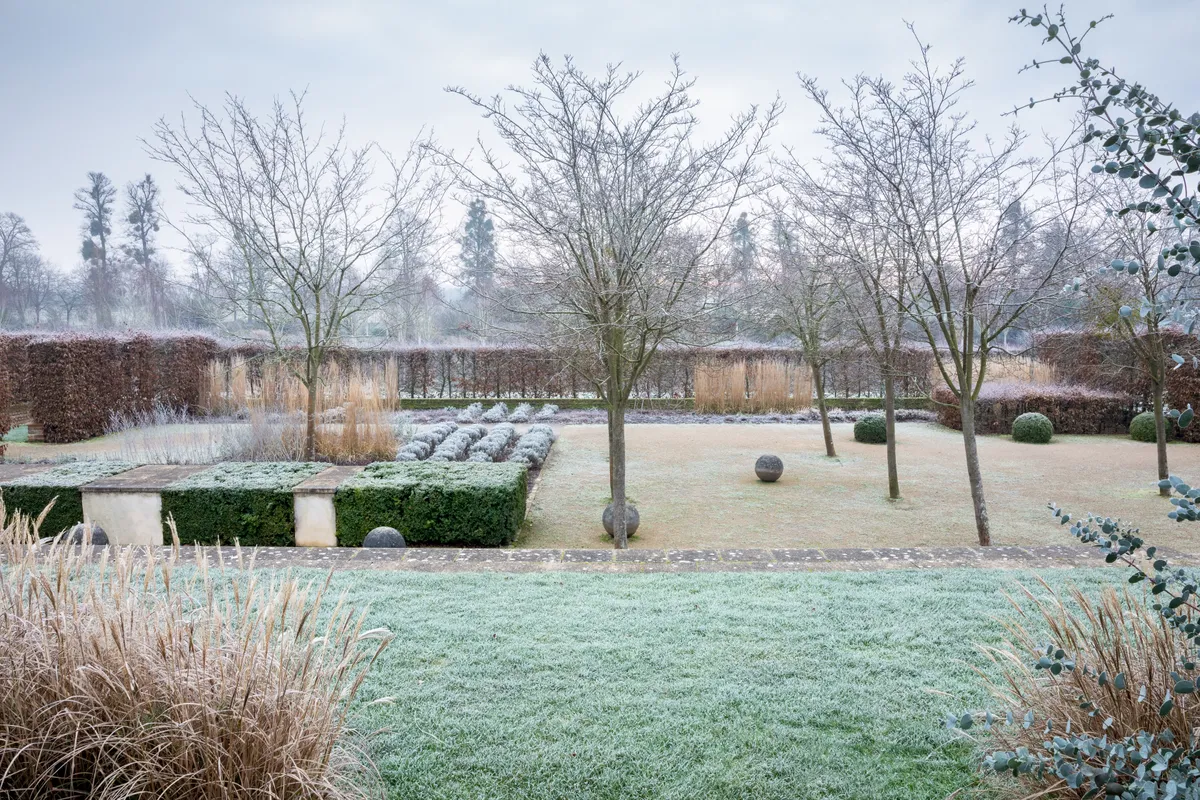
The Wollemi is one of the world’s oldest and rarest plants. Just 100 mature trees are thought to exist in the wild, and this ‘living fossil’ was only rediscovered in 1994, growing in a hidden valley in Australia. Commercial propagation has since helped to fund the preservation of the wild community, and Ian plans to increase his existing plantation from 80 to 200 trees within the next five years, when the final tranche of Forestry Commission pine trees are felled. Read more about the Wollemi with our feature on Jonathan Drori's book Around the World in 80 Trees.
Meanwhile, the eucalyptus grove Ian helped to plant as a college graduate is reaching maturity. In 2000, the site was land-formed with silt dredged from the lakes and planted up with a wide selection of different eucalypts. These arrived in three-litre pots, but today soar up to 12 metres into air scented with the pungent, essential oil from their aromatic, peeling bark. Vast clumps of creamily plumed Cortaderia richardii, Cordyline australis and spiky kniphofias punctuate the ground to either side of the path that winds through this mystical space.
USEFUL INFORMATION Address Marks Hall Estate, Coggeshall, Essex CO6 1TG. Tel 01376 563796. Website markshall.org.uk
Check website for opening times.
